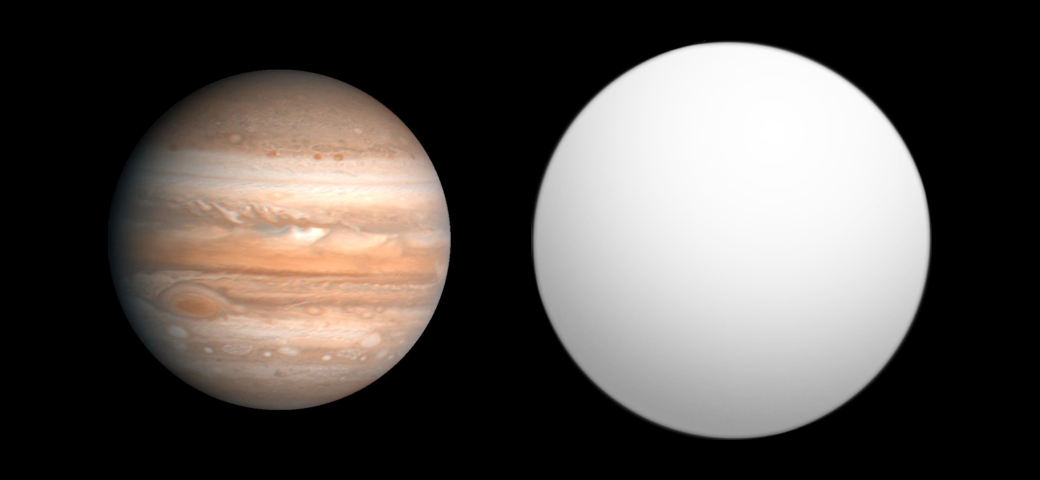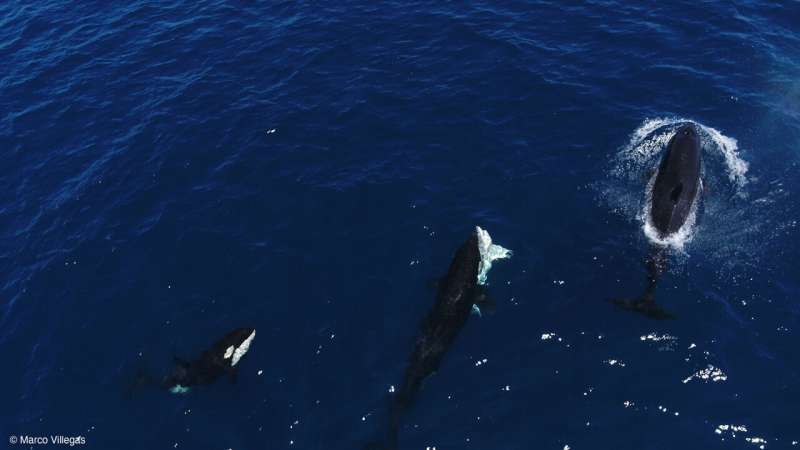Astronomers have achieved a significant milestone by creating the first three-dimensional map of an exoplanet, specifically targeting WASP-18b, an ultra-hot gas giant located approximately 400 light years from Earth. This groundbreaking achievement promises to enhance our understanding of planets orbiting distant stars and marks a major advancement in exoplanetary research.
WASP-18b is known for its extreme conditions, with temperatures reaching nearly 5,000 degrees Celsius. This gas giant is roughly ten times the mass of Jupiter and completes its orbit around its host star in just 23 hours. The planet’s intense heat is sufficient to decompose water vapor molecules in its atmosphere. For the first time, scientists have mapped the specific atmospheric regions where these extreme conditions occur in three dimensions.
Innovation in Spectroscopic Mapping
The accomplishment relies on a method known as spectroscopic eclipse mapping, which has been applied for the first time using data from the James Webb Space Telescope (JWST). The process involves observing the planet as it moves behind its star. During these eclipses, various parts of WASP-18b become visible and hidden, allowing scientists to measure subtle changes in brightness. This method captures tiny fractions of light emitted by the planet, which is less than one percent of the brightness of its star.
By examining these brightness changes across multiple wavelengths, researchers can analyze different atmospheric layers. Each wavelength corresponds to specific molecules that absorb light, enabling the team to create a detailed portrait of the planet’s atmosphere. For instance, water vapor absorbs certain infrared wavelengths while allowing others to pass through. This innovative approach allows the construction of a three-dimensional map that includes latitude, longitude, and altitude.
The resulting map showcases distinct regions across WASP-18b’s dayside, the hemisphere that permanently faces its star due to tidal locking. These regions exhibit significant temperature variations and may have differing chemical compositions. This discovery confirms that even distant planets, previously thought to be featureless, have intricate and diverse atmospheres worthy of study.
Expanding the Horizons of Exoplanet Research
The implications of this technique are vast. Hot Jupiters like WASP-18b constitute a substantial portion of the over 6,000 confirmed exoplanets, many of which are suitable for similar observational techniques using the JWST. This advancement enables astronomers to view these distant worlds not merely as points of light but as dynamic environments, akin to how we have long studied Jupiter’s storms.
Future observations with the JWST could enhance the spatial resolution of these atmospheric maps. Additionally, applying this technique to other hot Jupiters will facilitate a broader understanding of atmospheric diversity across this category of exoplanets. What began as a proof of concept for one extreme world may soon evolve into a comprehensive survey, allowing scientists to investigate exoplanets as actual places with unique geographical features, weather patterns, and atmospheric structures.
This groundbreaking achievement in the field of astronomy not only enriches our knowledge of distant worlds but also opens new avenues for exploration and understanding of the universe.







